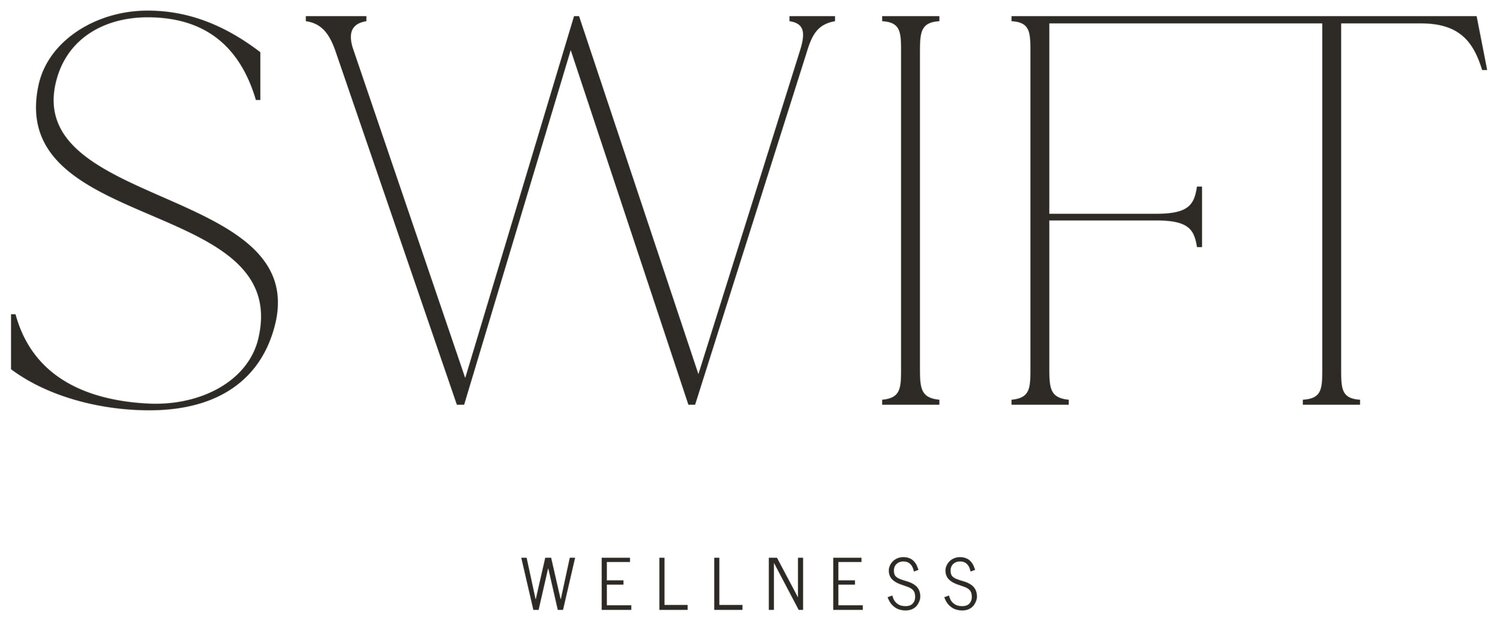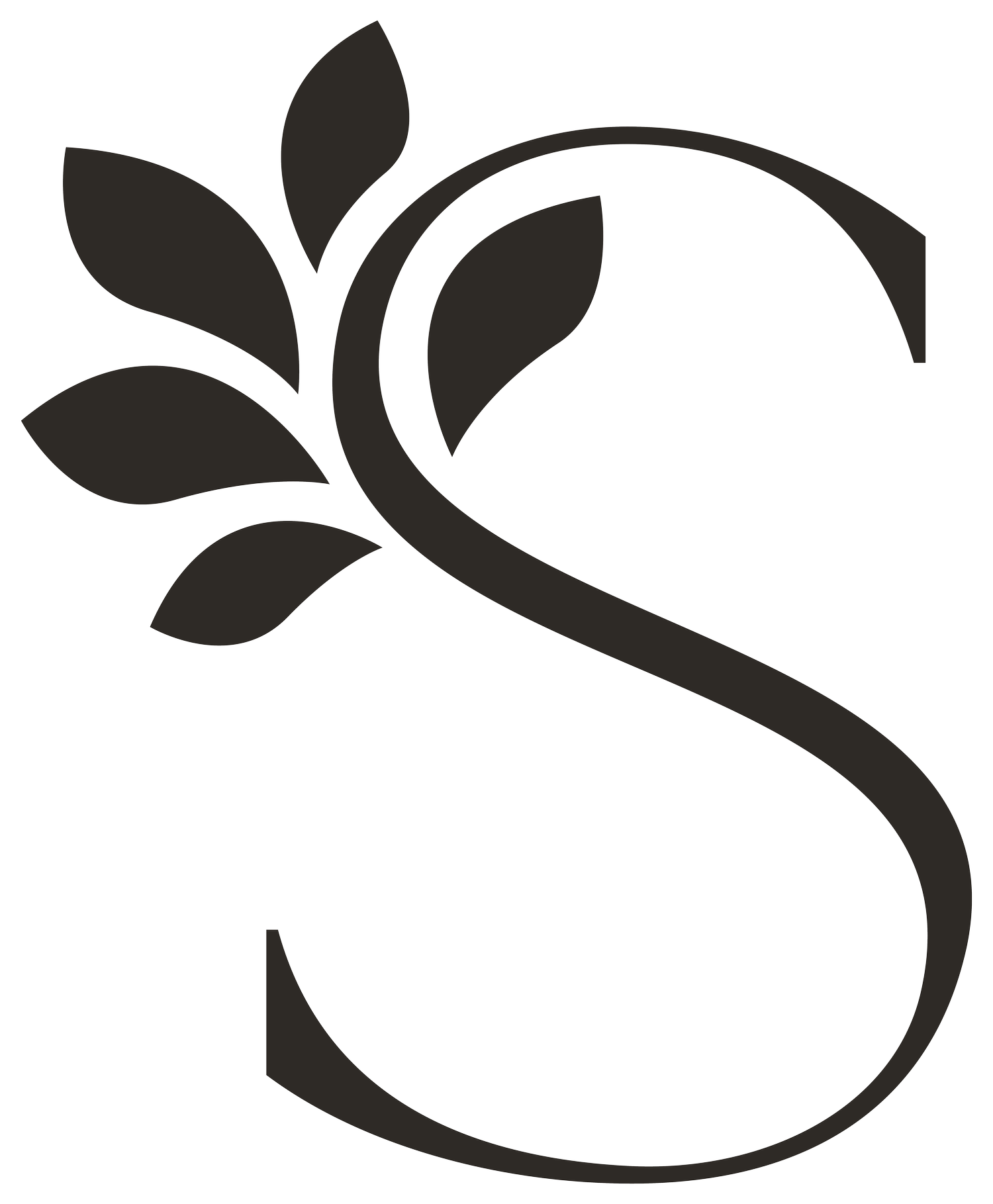Your Student Loans Are Out Of Forbearance. Now What?
After nearly three and a half years of being in forbearance, as of September 1, 2023, federal student loans have once again begun accruing interest. For millions of Americans, this also means that monthly payments will resume on October 1, 2023.
Although shelling out for yet another bill may seem impossible, there are many resources out there for you to take advantage of. Along with previous repayment plans, the Biden administration has implemented new income-based repayment plans to help alleviate some of the stress you are likely feeling right now.
Confronting any debt you are in–regardless of what you acquired the debt for–can be an intimidating (and shame-ridden) thing to do. No one likes to see that they owe other people money, especially if it's a lot! Unfortunately, addressing your student loan payment is a necessary evil; however, we want to help you to make the most educated choices possible as you do so. Hopefully, you’ll finish this article with a renewed sense of hope when it comes to your finances!
What Does Forbearance Mean?
Simply, forbearance (in regards to a loan payment) means “a reduction in payment or complete payment pause.” In March 2020, due to the COVID-19 pandemic, the federal government put all Direct Loans into forbearance, effectively dropping the interest rate for all federal student loans to 0%. This ensured that not only would these student loans stop gaining interest during this time, but loan holders would also not be required to make payments towards these loans.
While the interest on student loans may not have grown since the pause, without payments, the principal cost of many Americans’ loan balances has remained stagnant.
When Does Student Loan Repayment Resume?
As of September 1, 2023, forbearance of federal student loans has ended, and all student loans have again begun accruing interest. If you have not yet made a payment on your loans, don’t worry! Most deadlines for payments are not until October 1, 2023. (However, be sure to check your Federal Student Aid (FSA) account to confirm your payment due date.)
Repayment Plan Options
Located on the FSA website are several detailed payment plans that you can search through to decide which plan makes the most sense for you and your lifestyle. These payment plans range from a standard option with a minimum monthly payment to income-based repayment plans.
These income-based repayment plans are exactly what they sound like: your minimum payment is calculated based on how much money you make. For example, both the Pay As You Earn (PAYE) plan and Saving On a Valuable Education (SAVE) plan require you to only pay 10 percent of your discretionary income.
I highly encourage you to explore each of the detailed payment plans in depth as each plan has advantages and disadvantages that you can apply to your financial situation. The Loan Simulator is an incredibly helpful tool as well. Make sure to utilize it!
What Is The New SAVE Plan & How Does It Work?
The SAVE plan is a new repayment option recently enacted by the Biden administration. By choosing the SAVE plan, payments will be based on family size and income–yearly student loan repayment will be equal to 10 percent of your discretionary income. Once fully rolled out in July 2024, this percentage decreases to 5% for undergraduate loans.
Another benefit of this plan? Unpaid interest will not accrue–meaning your balance will not increase–as long as you make a full monthly payment.
The SAVE plan also includes student loan forgiveness. For undergraduate loans, the repayment plan will end after 20 years, while repayment for graduate loans will end after 25 years. Beginning in July 2024, borrowers whose original loan balance was $12,000 or less will be eligible for forgiveness after 10 years of payments, increased by one year for each additional $1,000 borrowed.
In order to determine if you qualify for the SAVE plan, you must first apply for the Income-Driven Repayment (IDR) Plan by visiting the Student Aid website. This application will determine which of the four repayment plan options you qualify for and which is best suited to your individual situation.
Will Student Loans Be Forgiven In The Future?
Unfortunately, in June 2023, the Supreme Court blocked the one-time student loan forgiveness plan, so we cannot be sure if any Direct Loans will be forgiven in the future. Although not guaranteed, according to the Student Aid website, the Biden Administration is working to complete and implement a new debt relief program “as quickly as possible.”
Do You Qualify For Student Loan Forgiveness?
As a result of the SCOTUS decision, there are very few routes to student loan forgiveness, even if you had qualified for the one-time debt relief.
Public Service Loan Forgiveness (PSLF), however, is one way to achieve student loan forgiveness. This program benefits those who work in federal, state, tribal, or local government, or for a non-profit organization.
In order to receive forgiveness, you must work full-time at a qualifying agency and be actively making student loan payments. After 120 qualifying monthly payments (or 10 years), your remaining student loan balance will be forgiven.
To learn more about PSLF and to see if your workplace qualifies, visit their website here.
Should You Consolidate Your Monthly Loan Payments?
This question can be tricky. Many repayment plans require you to consolidate your payments before you can qualify for them. However, consolidating your loans will give you a new monthly interest rate, which could be higher than your original rate.
For those on the standard repayment plan, consolidation may not be the best choice as you may end up paying more over time due to higher interest rates. Before consolidating your loans, be sure to compare your current interest rate to ensure that you are not losing money.
How To Choose The Plan For You
Unfortunately, choosing the ‘perfect’ plan may not be possible as you will ultimately end up paying some amount of money. However, to determine which payment plan best fits your lifestyle, answer this question: Is making the lowest monthly payment the most important thing to you, or would you rather spend the least amount of money over the course of repayment?
Both of these questions will lead you to different repayment plan options. Having the lowest monthly payment will likely lead you to an IDR plan, while the standard repayment plan will result in paying the least amount over time.
Where Can You Make Student Loan Payments?
Payments are not made directly on the StudentAid website. Instead, student loan payments are made to your loan servicer, the company that handles the billing and paperwork for federal loans.
In order to find out who your student loan servicer is, you’ll need to log into your Federal Student Aid account and scroll down to the “My Loan Servicers” section. This will route you to your servicer’s website. Here, you can add your payment options and customize your payment each month. You can choose to only pay the minimum monthly payment or elect to put additional money onto your loans each month.
Many loan servicers also offer small discounts if you enroll in auto-pay each month. Aidvantage, for example, offers a 0.25 percent discount if you auto-pay your loans each month. I suggest you explore your servicer’s website to discover similar offers!
Budgeting Tips
Taking a hard look at your finances is certainly not anyone's favorite thing to do, but I feel much more in control of my finances since creating a budget. Personally, I have a list of what bills I owe, such as student loan payments, rent, insurance, or other fixed expenses, and when they will be coming out of my account each month. This way, I won’t have to worry about overdrafting my account or be surprised by an unused subscription.
Take some of the following tips into account when you begin taking a look at your finances as well.
Cancel unused subscriptions
When looking at my monthly budget, I was shocked to see how many unused subscriptions I was paying for each month. Whether a free monthly trial expired without you realizing it or you simply aren’t using your gym membership (no shame!), cancel any subscriptions you are not using.
Practice financial transparency
Of course, we all want to say yes when our friends ask us to go on an expensive trip. But, if you’re not able to financially, it isn’t worth putting yourself in more debt. Let your friends and loved ones know that you aren’t in a place to be spending money on fancy dinners or trips. They’ll understand.
Find a cheerleader
Whether it's a romantic partner, family member, financial advisor, or trusted friend, find yourself a cheerleader! This person can help hold you accountable to your budget and stick to your financial goals.
Look into the 50/30/20 rule
This is a very common practice of percentage-based budgeting. It states that 50% of your income should go to needs, like groceries and other bills, 30% should go to wants (like that cute pair of shoes you have your eye on!), and the remaining 20% should go to savings. If you don’t like that method, tweak it to fit your needs!
Be gentle with yourself: It's okay if you don’t have it all figured out yet when it comes to money! Make smart financial choices and try not to treat yourself too harshly, and you’ll be fine.
As someone who has also been impacted by loan forbearance being lifted, I want you to know that you are not alone. Remember to lean on your loved ones for support in times of high stress, like now. We can do this!










